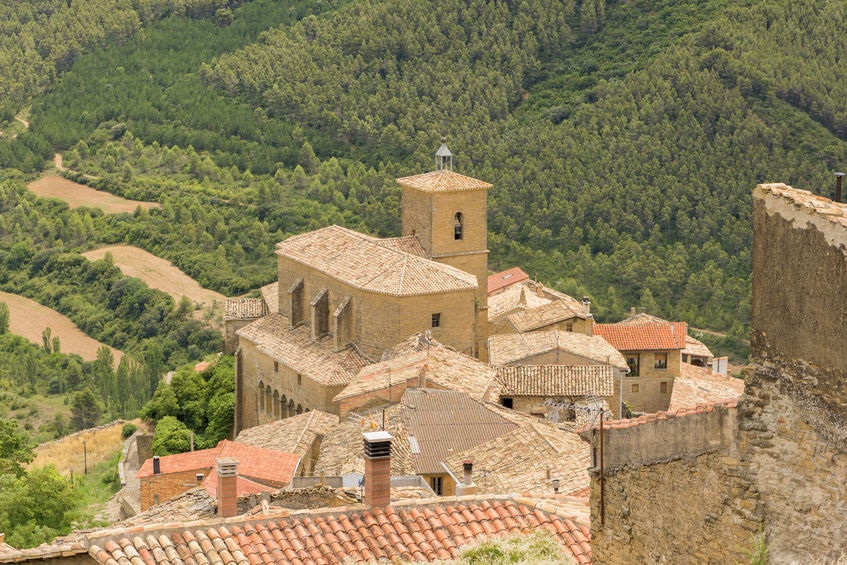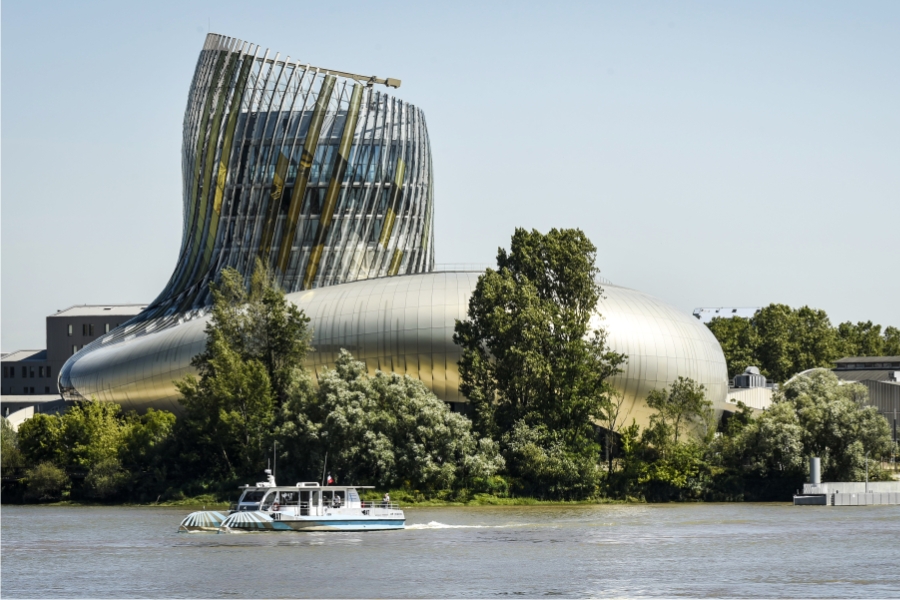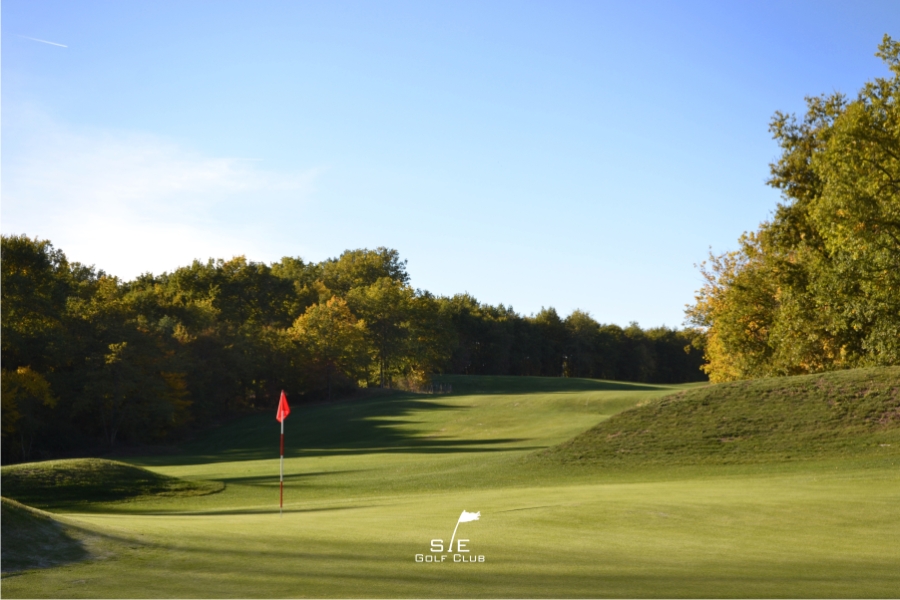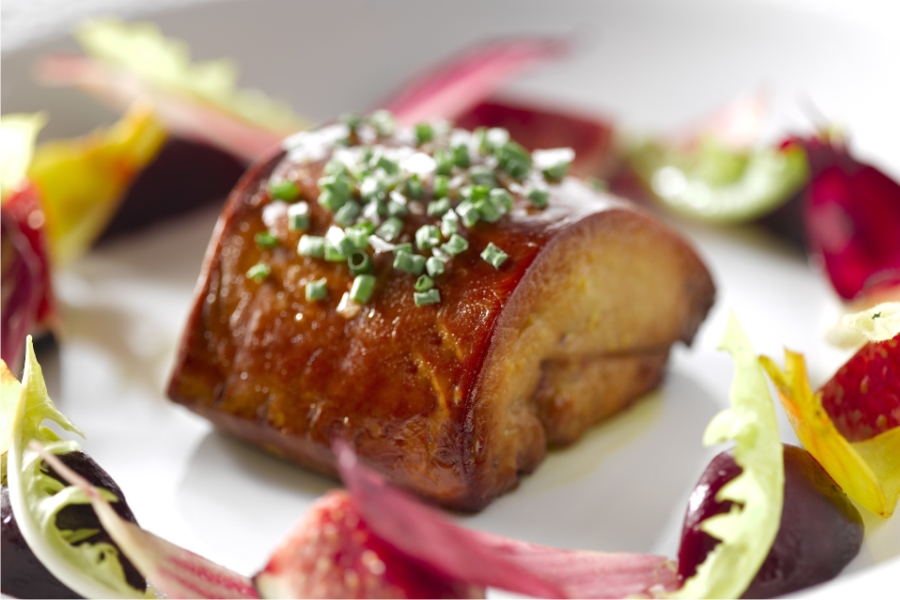Wine Regions
Bordeaux has become the best rated place to visit in 2017 by The Lonely Planet and The Los Angeles Times. The region boast a variety of beautiful sceneries.
Bordeaux
Bordeaux region was the first one to start classification of wineries in 1855 under Napoleon III, which became a worldwide reference for prestigious wines. Classified growths or “Les Grands Crus” are considered the best in the official rankings. There are several other classifications in Gironde just like the 1855 one with the Saint-Emilion classification the most famous one. Nevertheless, it’s fair to say that wines not under these classifications can be outstanding! For more information on our terroir, advice on how to choose your wine, take a look at Bordeaux Wines.
For Bordeaux wines, the red grape variety is split amongst Merlot (66%), Cabernet-Sauvignon (22,5%), Cabernet-Franc (9,5%), auxiliary varieties (2%). Whilst the white grape variety is split amongst Sémillon (47%), Sauvignon Blanc (45%), Muscadelle (5%), others (2%).
With over 6,000 wine producing châteaux in the Bordeaux region, it’s impossible to pick a top list. Greens & Grapes are here to listen to your wishes for a particular wine or wine region you want to visit ( Pomerol, Margaux, for instance). We’re eager to know the type of visit you’re looking for, for instance meeting the wine-producer in person or visiting a château with a beautiful architecture and history. Finally, as all châteaux are not always opened to the public or their timetable may not fit your itinerary, we’re here to find the best visit for you!

Cognac
Cognac region is one hour 30 drive North of Bordeaux. This region is an AOP (Appellation d’Origine Protégée), with many rules and regulations which means that all the cognacs produced are controlled by the same rules. The region is four times the size of Napa valley. Cognac can be only be distilled in this small region of France between the river Charente and the Atlantic Ocean. The most famous brands and their house can be found in the town of Cognac itself.
There are 3 types of grapes used to make Cognac. Ugni Blanc makes up 98% of the region’s production. Other grapes can be used such as Folignan or Jurançon blanc to a maximum of 10%. The process of Cognac is very different to wine. The grapes are first fermented with no added sugar of sulfer. Then the wine goes through the process of malolactic fermentation to reduce the acidity of the brandy. During the winter months a double-distillation process takes place using a special alembic pot called a ‘Charentais’ copper still. The spirit which emerges from the distillation is called eau-de vie (maximum content of alcohol), a clear spirit with a high concentration of fruity peach-like aromas. The spirit must age for 2 years before it becomes Cognac. Through the process the spirit changes colour and gets beautiful aromas from oak barrel aging.
All famous Cognac houses provide different types of Cognac: V.S. Very Special (minimum of two years aging), V.S.O.P. Very Superior Old Pale (minimum of four years aging) and X.O. Extra Old (minimum of 10 years). There are over 4,000 Cognac producers in the region. Only 300 have chosen to create Cognac brands and only 5 cover 90% of the worldwide production: Hennessy, Martell, Rémy Martin and Courvoisier. Each Cognac house is opened to the public for visits of the distillery, the cellar and tasting.
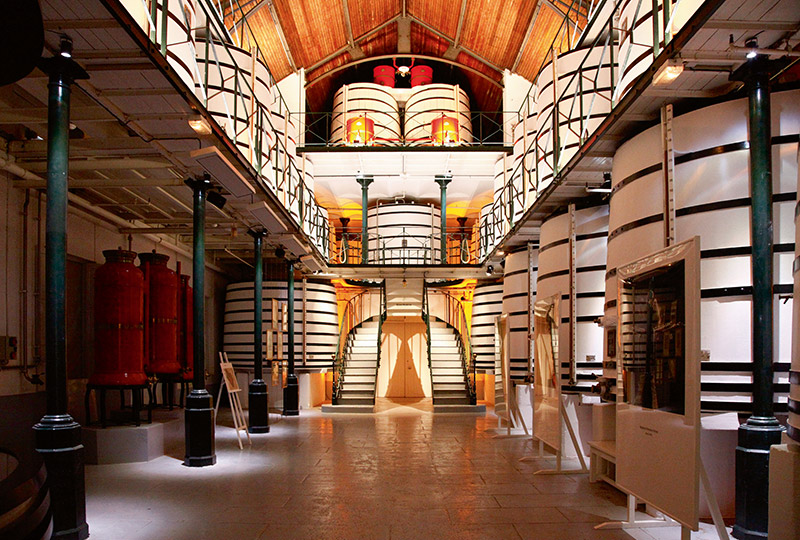
Basque Country (France)
The vineyard of Irouleguy is situated at the heart of the French Basque Country. It can be found on the south of the steep mountains at an altitude of between 200 metres and 450 metres. Due to the steep slopes two thirds of the vineyard is cultivated on terraces with 65% of it red wine. Not far, near Pau, is the Béarn wine region famous for The red Madiran wines, dry and sweet Jurançon whites wines as well as the Pacherenc dry white.
The Irouleguy and Béarn wines have a small production but claim a unique variety of grapes: Tannat, Cabernet France and Cabernet Sauvignon for the red, and Gros Manseng, Petit Manseng and Courbu for the white. They have gained a very good reputation over the recent years. Production is expanding and some wineries have been exporting for many years.
Our favourite is the new Cave d’Irouleguy, a beautiful centre, financed by the local cooperative of several producers. The place is magnificent with a great selection of wines to buy and to taste. There’s a small museum to visit, often with the producers themselves, and also the cellars.
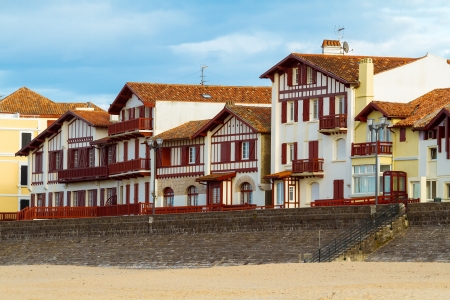
La Rioja
The Rioja DO (Designation of Origin) has been one of the most famous in Spain since the middle of the 19th century. The wines of the region are renowned internationally for their finesse, balance and aromas. These powerful wines are found in three regions that are Rioja Alta, Rioja Baja and Rioja Alaves.
Rioja red wine is a specific blend of Tempranillo (around 60 to 70%), Grenache (around 15 to 20%), as well as Mazuelo, also called Cariñena (around 10%) and finally Graciano (around 5%). Rosé wines are made from the same grape varieties. The Rioja white is made up mainly of Viura (or Macabeo), with a contribution of Grenache white and Malvoisie.
Among the 600 bodegas in the region, it is difficult to make a choice. If you are only coming for one day and want to combine food, culture and wine, we recommend that you spend the day in the village of El Ciego. Start with a morning visit to the formidable bodega of Valdenada which includes a museum created by the family around wine making. Lunch then at the bodega of Marques de Riscal, in the gourmet restaurant, before making a historical visit of the cellars and end with a tasting.
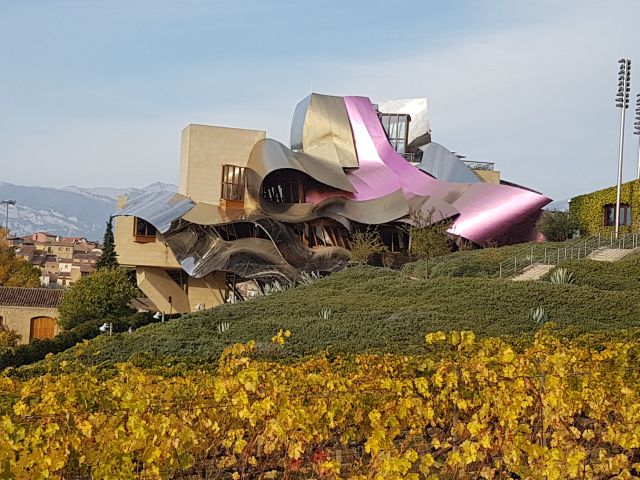
Navarra
Well-known for its rosé wines, Navarra is getting increase attraction for its quality red wines. Based in the North part of La Rioja, Navarra is also a a very prolific agricultural region.
The dry and fruity rosé wine made with Garnacha is associated with Navarra. The region is proud of recent good crops of Tempranillo-based red wines with concentrated, fruity and oaky red wines. There are also reds made from Cabernet Sauvignon, Merlot and Pinot Noir. Navarra’s small quantity of white wines are mainly based on Chardonnay, Viura and Garnacha Blanca. Natural sweet wines are made from Moscatel.
If you want to escape the busy La Rioja bodegas, Navarra is a great stop-over on the way to San Sebastian. There are many great bodegas to visit. We recommend you stop over at the Chivite Bodega. Founded in 1674 and exporting since 1860, it’s one of the oldest wineries in Spain. With great reputation the winery has been producing wines for eleven generations.
